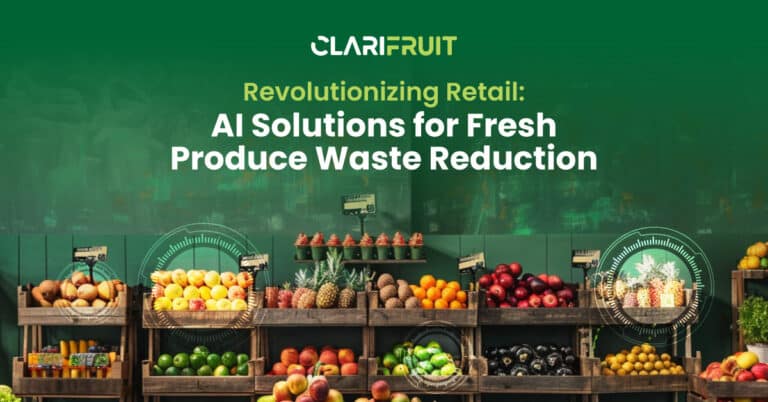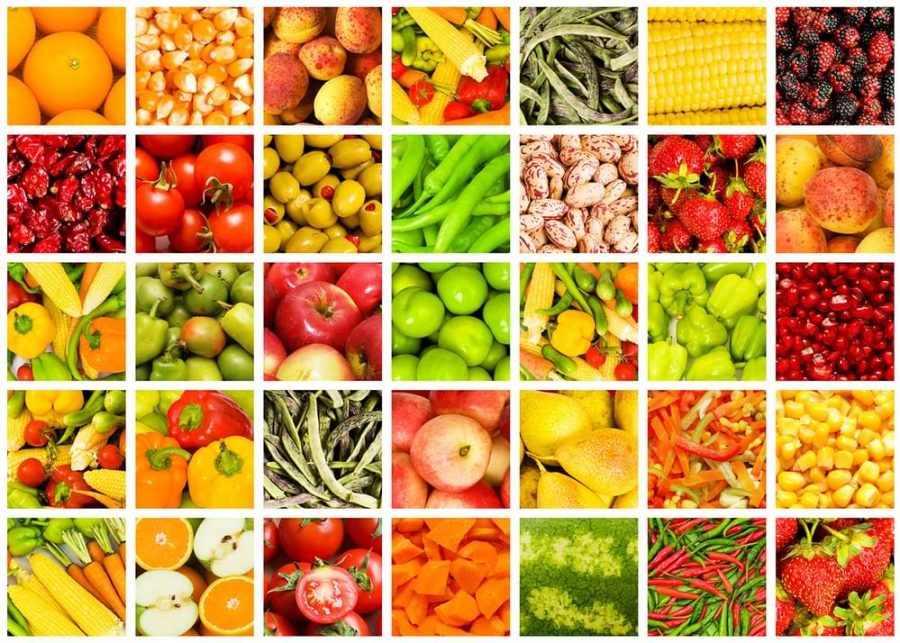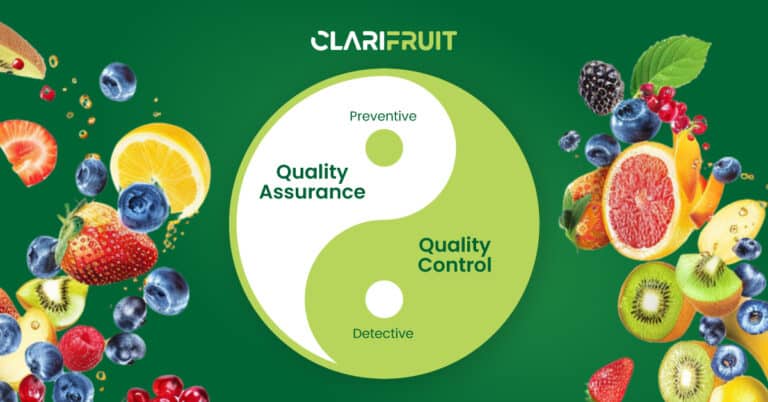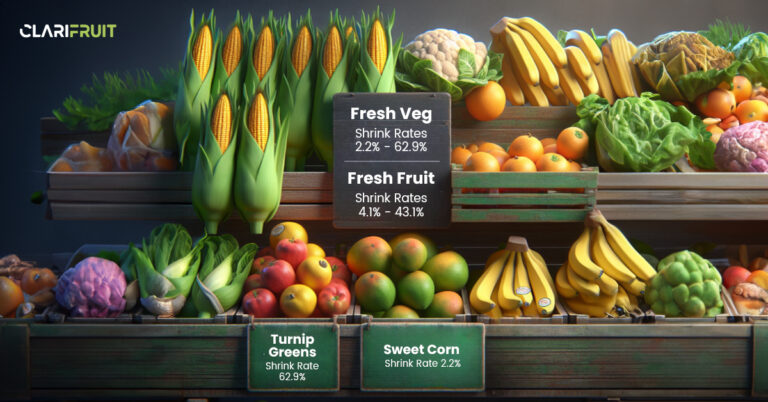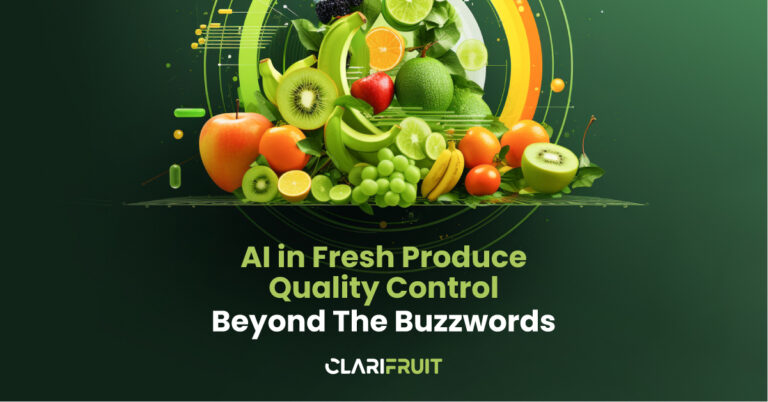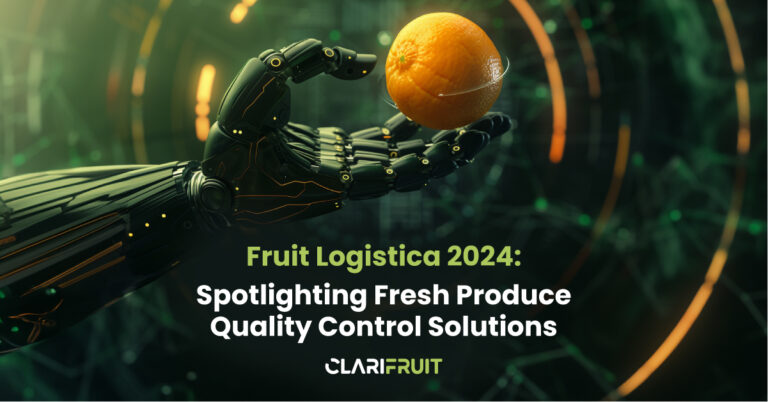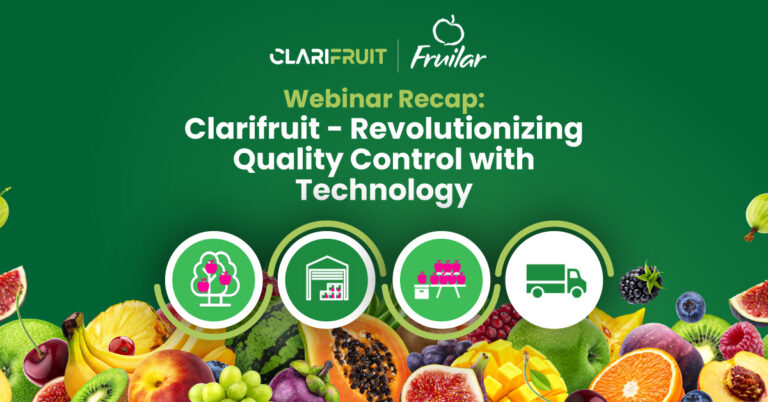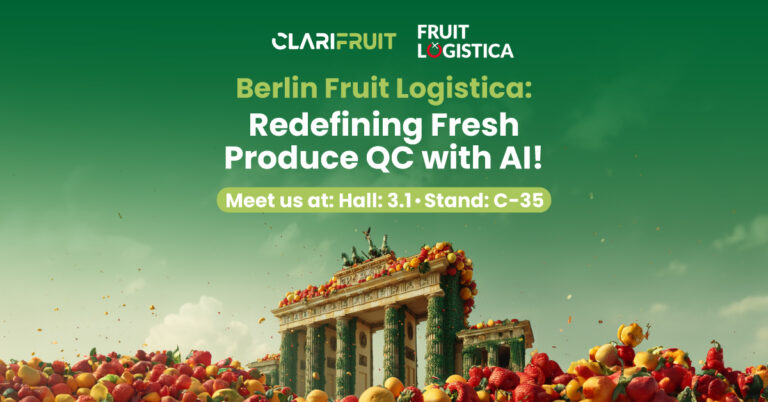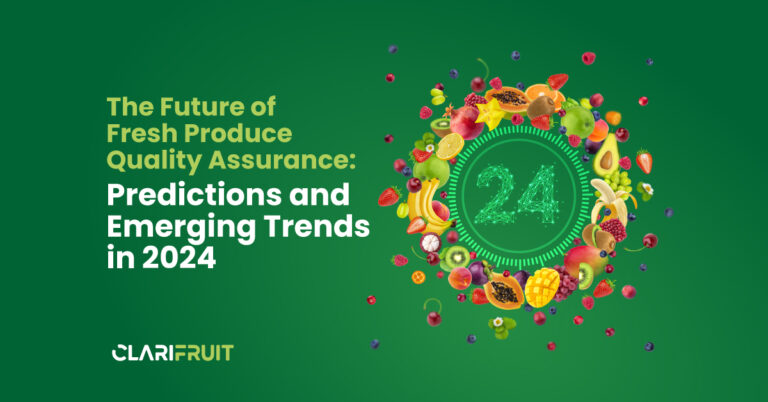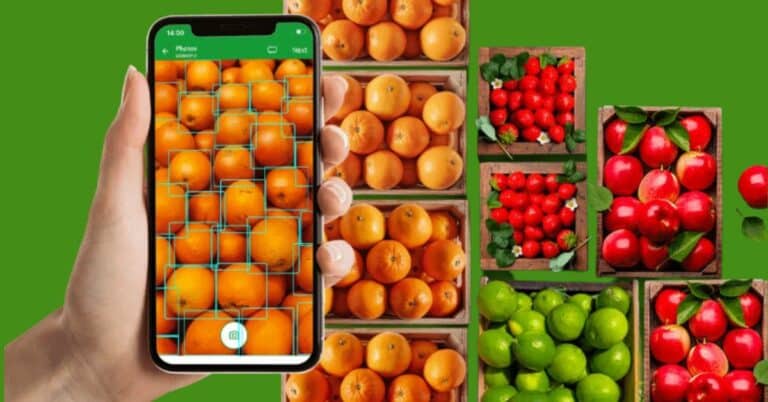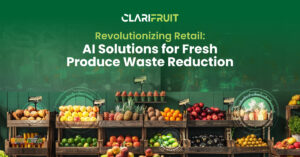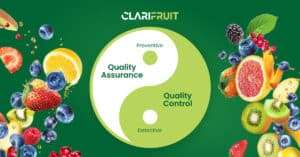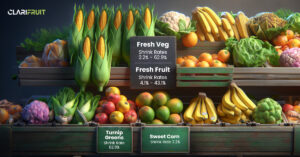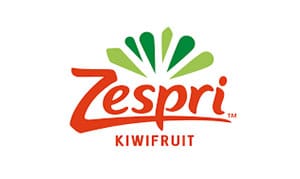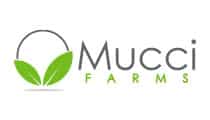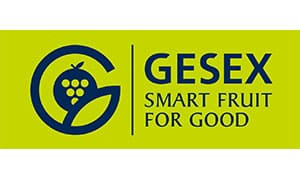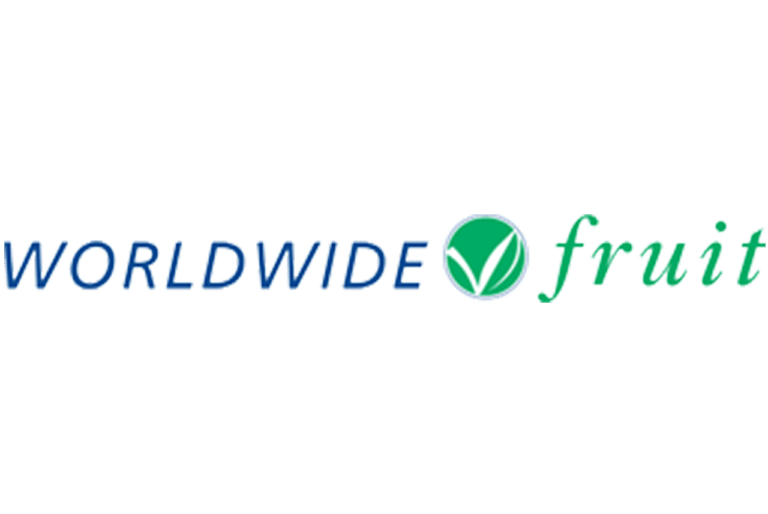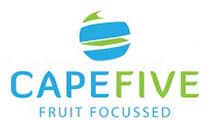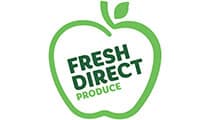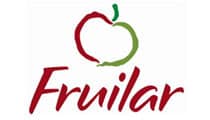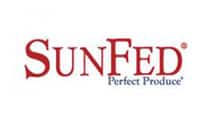State of the Industry 2022: What’s the Story with the Transformation of the Fresh Produce Supply Chain?
It’s been an amazing year at Clarifruit! As we start 2022, we wanted to take a moment to discuss the shift that we’ve seen in the fresh fruits and vegetable supply chain this year, and the trends that will continue to drive these changes in the upcoming months.
40% of food is currently wasted from field to fork.
This is obviously not sustainable and needs to be addressed head on if governments are going to meet ambitious goals to halve food waste by 2030. There are a number of different reasons for the waste, but at Clarifruit we see one common denominator that comes up time and time again – quality mismatch.
What causes quality mismatch in today’s fresh produce?
Quality mismatch is a lose/lose scenario. For the seller, they don’t get the price that they want for a shipment of produce, and for the buyer – they don’t get the level of quality that they were expecting. No-one wins.
To address this, we need to understand why it happens. There are two key reasons why quality mismatch occurs.
- Manual quality control processes: This means that each quality control check is subjective and inconsistent, leaving no constant way of understanding or communicating the real-world state of each shipment. Each arrival is a surprise and is open to negotiation, as both buyer and seller have their own opinions about worth and value.
- Lack of real-time information: Even if buyers and sellers could find a consistent and automated way to manage quality control and provide the same view to all stakeholders, this information needs to be available in real-time. Optimizing buying and selling requires quick decisions on shipment value and viability, alongside actionable insights and smart recommendations which often can’t be done by the human eye.
Historically, there was nothing that stakeholders could do. The QC offerings in the market simply didn’t offer compelling solutions for its players. Instead, electronic forms have traditionally been used to input data in a totally unstructured way by each inspector in their own silo.
Enter, the era of AI and Big Data
Today, a shift is happening in the market. The advent of AI, Big Data and the cloud, all available on everyday mobile devices, have been game-changers for solving the challenges of quality mismatch, and have allowed companies to automate existing QC processes through AI technology. This has provided both buyers and sellers with objective, consistent and much faster inspection processes for the first time.
When combined with the might of the cloud, stakeholders can now benefit from a Big Data platform that generates insights, such as the optimal matching of supply quality to customer specifications, or predicting likely shelf-life ahead of time.
Proving the ROI in practice
At Clarifruit, this is not a theoretical exercise. Our company was established 4 years ago, and we’ve watched a tremendous shift in the industry towards the adoption of these technologies, particularly over the last 15 months. We offer our customers a 30-day free trial so they can see the ROI of our AI-powered QC-based platform, and make it simple for decision makers to make the solution a must-have budget item.
As a result, we’ve seen initial adoption with some of the industry’s most innovative and recognizable brands, such as Dole Sunshine, Zespri, Pink Lady, Sanlucar, Gesex, and Migiva. Dole Sunshine has doubled inspector productivity, and is on track to reduce waste by 10%. The Israeli Ministry of Agriculture aims to make Israel the first country to digitize its quality control processes for fresh fruits and vegetables across the board.
We can see other early adopters ready to take the plunge over the next 18 months. We’re also seeing the downstream segments of the market, specifically retailers using this technology for more than just supply chain standardization and reduction in waste. They are also benefiting by enhancing the management of quality specifications with their suppliers, reducing the shrink they currently experience in their distribution centers and at front-of-store.
This is just the start. As we continue to see the rolling impact of the COVID-19 pandemic, and the increasing trend to all things sustainable and eco-friendly, the accelerated adoption of these technologies will result in a far more efficient supply chain, where quality is evaluated in a standardized way across the entire journey. This won’t be a ‘nice to have’, it will be an industry benchmark.
The result?
Significant reduction in waste and rejections, and a more profitable supply chain for all stakeholders. We’ve moved from a lose/lose to a win/win!
Embracing Sustainability and Traceability
The transformation of the fresh produce supply chain is also heavily influenced by the integration of sustainability practices and traceability systems. As consumers increasingly demand transparency and ethical sourcing, supply chain stakeholders are leveraging technologies to trace produce from farm to table. These practices not only enhance food safety and quality but also support the global movement towards reducing the carbon footprint of food production. The use of eco-friendly packaging and reduction in transportation emissions are further steps being taken to align the fresh produce supply chain with environmental sustainability goals.
The Future Role of Blockchain Technology
In the near future, we anticipate blockchain technology to play a pivotal role in the fresh produce supply chain. By providing an immutable ledger for tracking produce at every stage, blockchain ensures authenticity and further minimizes the risk of quality mismatch. This will likely transform traditional supply chains into dynamic ecosystems that are fully transparent, where each stakeholder, from farmers to retailers, can access real-time data to make informed decisions. This level of innovation is not just enhancing operational efficiencies but is also fostering a greater level of trust between consumers and brands, marking a new era of quality assurance and ethical responsibility in the fresh produce industry.
